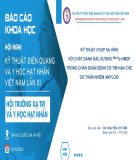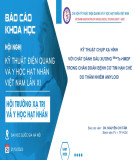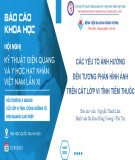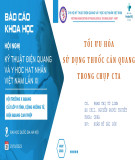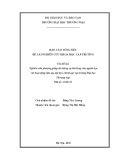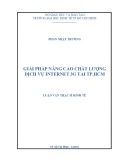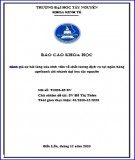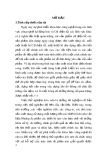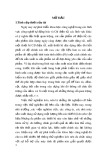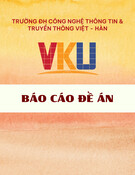
EARLY CHILDHOOD ASSESSMENT
FOR CHILDREN FROM
BIRTH TO AGE 8 (Grade 3)
December 2005
Early Learning Standards Task Force
and Kindergarten Assessment Work Group
Pennsylvania BUILD Initiative
Pennsylvania’s Departments of Education and Public Welfare
Harrisburg, PA


Pennsylvania Standards for Learning – Assessment & Curriculum – December, 2005
3
EARLY CHILDHOOD ASSESSMENT FOR CHILDREN
FROM BIRTH TO AGE 8 (Grade 3)
I. Introduction 5
II. Measuring Children’s Development and Learning 6
III. Curriculum 15
IV. Linking Assessment And Curriculum 17
V. Conclusion 18
VI. Resources For Measuring Classroom Environments 18
VII. References 20
VIII. Assessment Tools 24
IX. Curriculum Resources 35
X. Workgroup Members 36
XI. Definitions 37

Pennsylvania Standards for Learning – Assessment & Curriculum – December, 2005
4

Pennsylvania Standards for Learning – Assessment & Curriculum – December, 2005
5
EARLY CHILDHOOD ASSESSMENT FOR CHILDREN
FROM BIRTH TO AGE 8 (Grade 3)
I. INTRODUCTION
Developmental assessments are a process which allows one to understand a
child’s competencies and to design learning environments which will help a child
grow to his or her developmental potential whether this is from birth to age 8 or
third grade. Assessments that are implemented in the classroom and aligned with
Pennsylvania’s standards for learning (birth to age 8 or third grade) will help
inform teachers about designing a curriculum that provides multiple learning
opportunities that best suits how each child learns.
A two step process occurred to provide guidance to early childhood programs and
school districts for the alignment of assessment and curriculum to the
Pennsylvania standards for learning for children birth to age 8. First, a workgroup
consistently mostly of members of the original Early Learning Standards
Taskforce was formed. This workgroup developed a report, Final Report and
Guidelines on Assessment and Curriculum (2005) to address the linkages of
assessment and curriculum that would assist in the adherence to the Early
Learning Standards for Pre-Kindergarten children. An important workgroup goal
was to help make program personnel aware of available materials that encourage
teachers to rely on authentic measures of early learning and development that link
directly to program content and goals, as well as Pennsylvania’s standards for
learning, and that sample skills in natural, active learning environments, rather
than contrived circumstances.
The second step in the process to provide guidance for Pennsylvania’s standards
for learning was to convene a second work group comprised of individuals from
the Pennsylvania Department of Education, school districts, universities, early
childhood, and early intervention to examine the original document developed by
the Early Learning Standards Taskforce. The intent of the meeting was to
examine the report and to determine how to modify it so that the report
emphasized that assessment and curriculum are part of a continuum that begins at
birth and extends through Kindergarten to third grade. The information provided
in this document incorporates information from the original report and it also
emphasizes the importance of viewing assessment and curriculum development as
a continuous process from birth to age 8. Therefore, the current assessment
guidance document meets the needs of both the Early Learning Standards and the
Kindergarten Standards.
This report offers information about the extent to which several assessment tools
and curriculum materials align with Pennsylvania’s standards for learning (birth
to age 8). It is not the Department of Education’s intention to make specific
recommendations with regard to the items on the lists provided herein (see Tables

